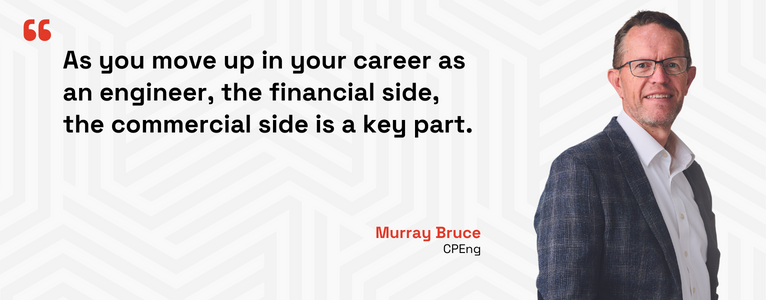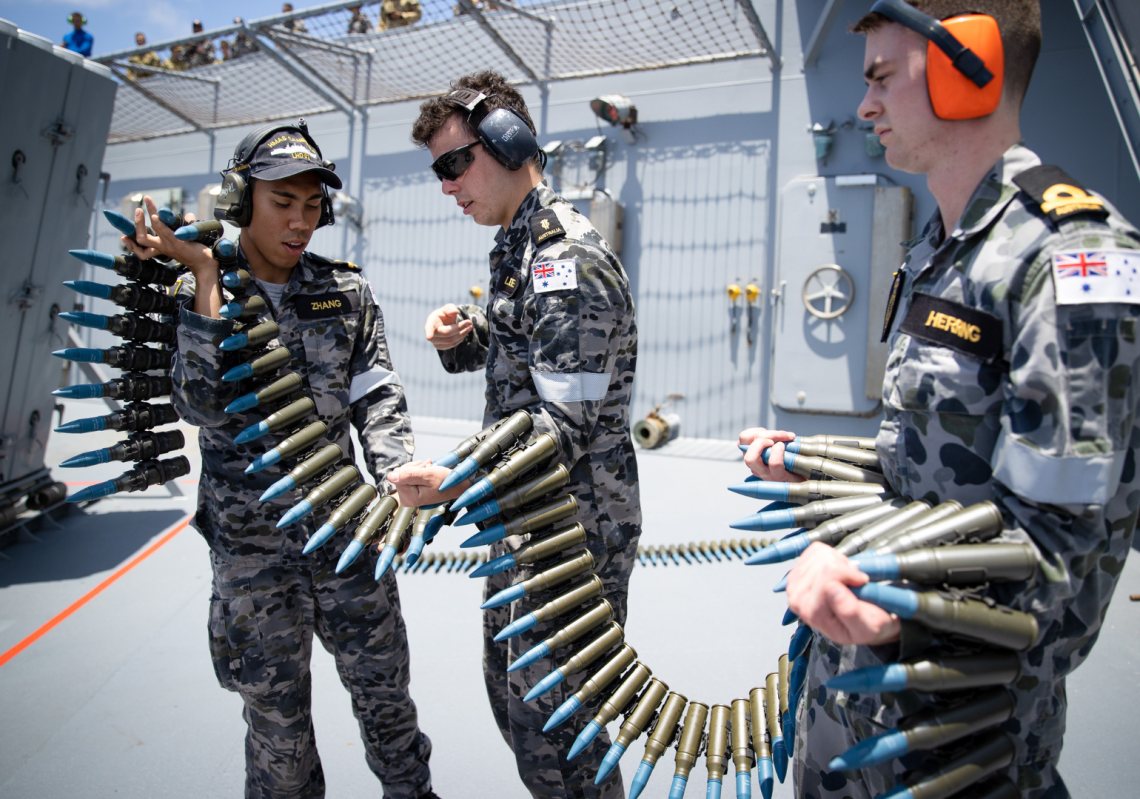High-pressure scenarios taught former Navy engineer Murray Bruce the basics of engineering, but he’s perfected his practice in other ways too.
Joining the Australian Navy straight out of high school proved to be good training as an engineer for Murray Bruce CPEng.
Working in submarines and conducting disaster recovery drills, it became vital for him to learn fast and flexibly.
“You’re thinking on your feet; you need to know the systems throughout the boat, the systems of systems – is it the hydraulics, is it the ballast system, is it the high-pressure air?” he told create.
As a weapons electrical engineer, Bruce was responsible for those disaster recovery activities, and would find himself reworking a broad range of systems in unexpected ways to do what needed to be done.
It trained him in other methods of high-pressure thinking too.
“There are some really useful techniques about how you keep the crew informed,” he said. “How you brief the captain and keep the captain up to date with your progress, and what you want the captain to do; what you want the rest of the submarine to do.”

Bruce left the defence force in 1996, but those lessons on how to segment problems and efficiently communicate with a team stayed with him, even in situations where lives weren’t on the line.
He also found that his experience was not entirely well-rounded.
“I wasn’t sitting there doing profit and loss – it’s a submarine,” he explained. “As you move up in your career as an engineer, the financial side, the commercial side is a key part.”
Mentorship, savvy career moves and a Master of Business Administration helped fill those gaps, and today Bruce is Vice President of Science, Engineering and Technology at Leidos Australia.
“I’ve got a team of specialists who divide up the technology spectrum, from digital modernisation to cyber operations to rapid secure software and mission software to integrated and autonomous systems, advanced engineering, trusted data and AI,” he said.
“Across that spectrum, I’ve got specialists who are looking at what is happening in those spaces, and how we can use those capabilities to make a difference for our customers.”
Tips for career success
As a Chartered engineer, Bruce values the opportunity the credential offers him to shape the future.
“The benefit lies in recognising that standard of both technical qualification and professional experience,” he said. “In my case, I’d moved into a number of general management and business development roles after my time in submarines and moved back into an engineering management role.
“And I think it’s really fantastic that I’ve taken a non-traditional route to get where I am, and I can be Chartered.”
Bruce has the following advice for other engineers:
- Think of your career as a scaffold and plan how you want to structure it.
- Don’t allow your range of experiences and capabilities to become too narrow.
- Understand your personal preferences when it comes to your career progression so you can make the best use of your time.



